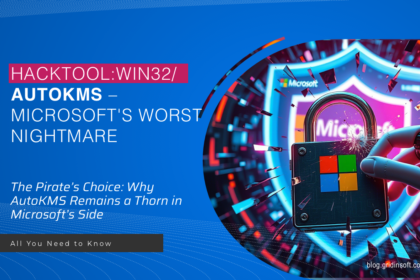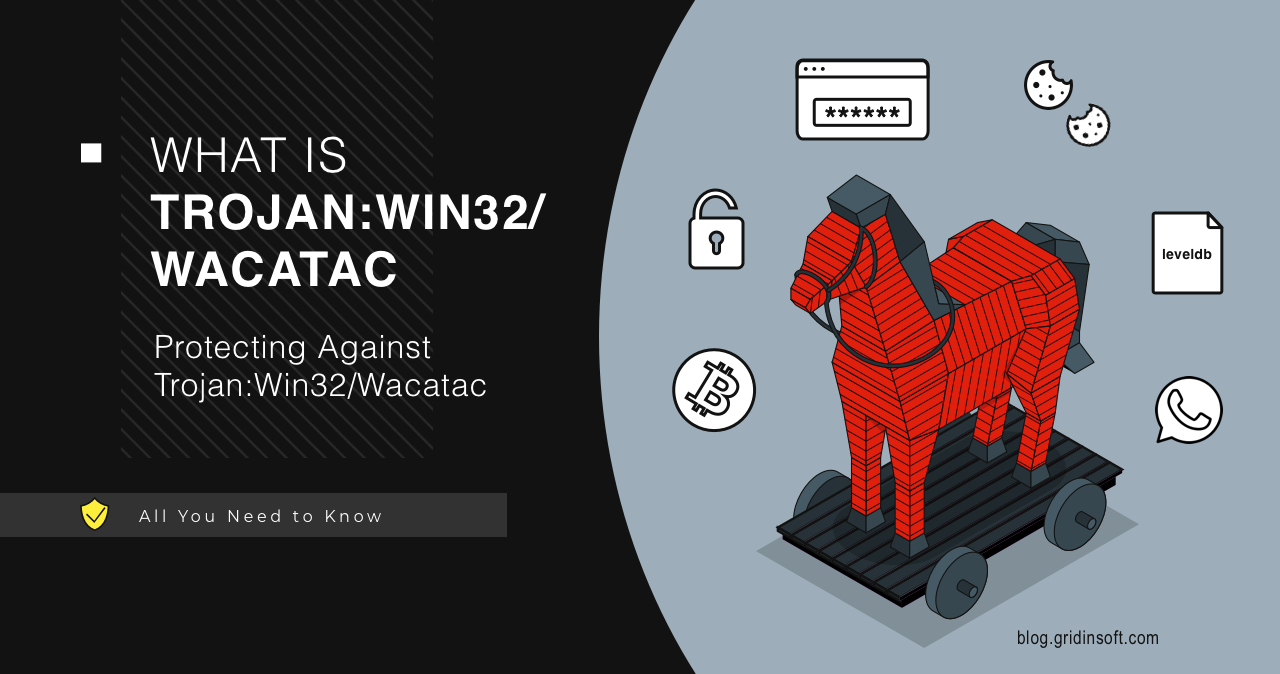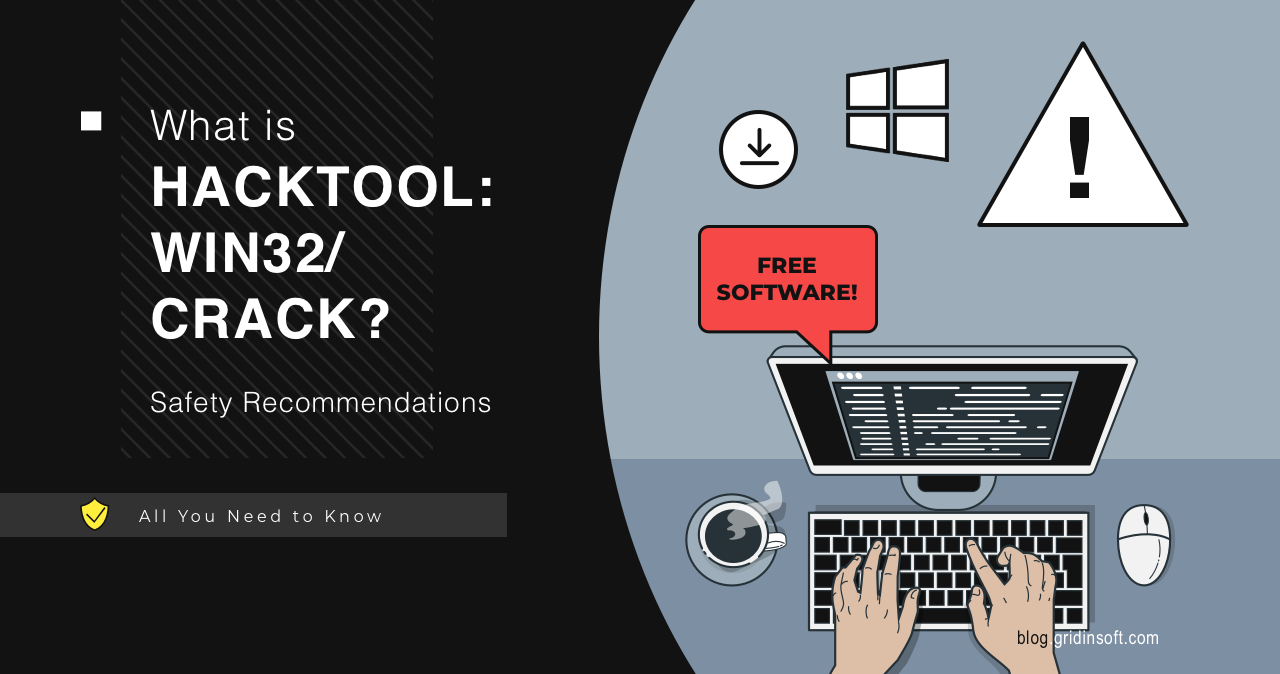Trojan:Win32/Suschil!rfn – Easy Ways to Remove It
If you're seeing Trojan:Win32/Suschil!rfn detected by your antivirus, don't panic. Your computer…
How to Remove Trojan:Win32/Agent from Windows 11
If you're seeing Trojan:Win32/Agent detected by your antivirus, don't panic. Your computer…
Trojan:Win32/Kepavll!rfn Virus Analysis & Removal Guide
Ever had Windows Defender suddenly freak out about some file you're pretty…
Almoristics Application: What It Is & How to Remove Virus Miner
Almoristics Application is a devious crypto miner that's causing headaches for countless…
Trojan:Win32/Vundo.gen!D – The Sneaky Digital Pest
Trojan:Win32/Vundo.gen!D – The Sneaky Digital Pest So Microsoft Defender flagged something called…
HackTool:Win32/AutoKMS – Microsoft’s Worst Nightmare or Just a Risky Tool?
So Windows Defender just popped up with a scary "HackTool:Win32/AutoKMS detected!" alert,…
How to Remove Trojan:Script/Wacatac.B!ml from Windows 10/11
If you're seeing "Trojan:Script/Wacatac.B!ml" detected by Microsoft Defender and wondering whether your…
How to Remove Trojan:Win32/Yomal!rfn from Windows 11
If you're seeing Trojan:Win32/Yomal!rfn detected by your antivirus, don't panic - but…
Trojan:Win32/Wacatac Removal Guide for Windows 10/11
I think Trojan:Win32/Wacatac, one of the nastiest pieces of malware I've encountered…
HackTool:Win32/Crack: Analysis and Security Risks
I've been analyzing malware for over a decade, and few threats cause…
Trojan:Win32/SmokeLoader: Complete Detection & Removal Guide 2025
Trojan:Win32/SmokeLoader is a sophisticated backdoor malware that has remained active in the…
Trojan:Win64/RustyStealer.DSK!MTB
Trojan:Win64/RustyStealer.DSK!MTB is a sophisticated malware designed to infiltrate 64-bit Windows systems, primarily…













